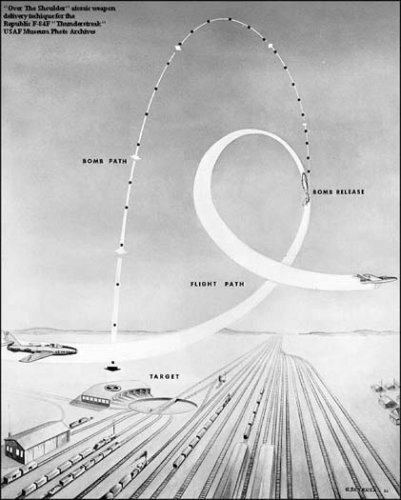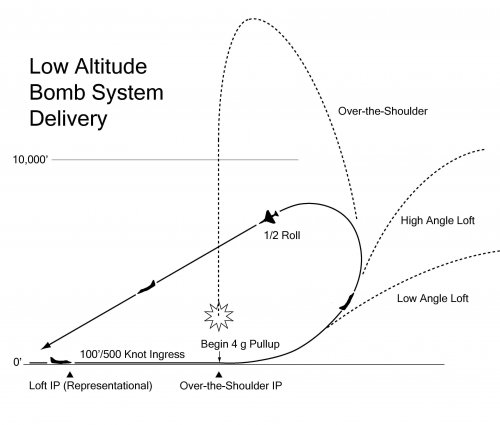- Joined
- 11 March 2006
- Messages
- 8,610
- Reaction score
- 3,073
About LABS there's a contemporary drawing on wikipedia, see below.
Here in Berlin the F-84F is remembered as the very first German fighter
aircraft to have landed in the area of West-Berlin after the war, when
two German pilots flew to Berlin due to a navigational error. Ok, this
explanation isn't accepted alltogether ... :-\
Here in Berlin the F-84F is remembered as the very first German fighter
aircraft to have landed in the area of West-Berlin after the war, when
two German pilots flew to Berlin due to a navigational error. Ok, this
explanation isn't accepted alltogether ... :-\


